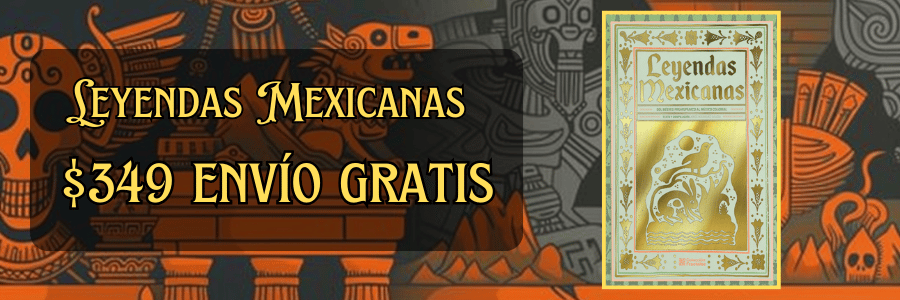Frida Kahlo: The Iconic Mexican Painter and Her Legacy
Frida Kahlo, the iconic Mexican painter, stands as one of the most significant figures in art history, embodying the essence of the Mexican culture, complex identity, and profound personal narrative. Born on July 6, 1907, in Coyoacán, a suburb of Mexico City, Kahlo’s life and work transcended the mere canvas, weaving a tapestry of emotions, political consciousness, and deeply personal experiences that have inspired millions. Her legacy is a rich amalgamation of her unique aesthetic sensibilities, commitment to self-identity, and struggles against societal norms, making her an emblem of feminism and resilience.
Kahlo’s early life was fraught with challenges that shaped her character and artistic vision. She was born to a German father and a Mexican mother. Her father, Guillermo Kahlo, was a photographer, a profession that arguably influenced Frida’s relationship with visuals and self-portrayal. However, it was her tumultuous relationship with her mother, Matilde, that instilled in her the complex feelings of love, resentment, and longing that would later surface in her works. Kahlo’s childhood was marked by isolation and pain; she suffered from polio at a young age, which left one leg noticeably thinner than the other, setting a precedent for her lifelong struggle with her body image.
At the age of 18, Frida’s life took a tragic turn when she was involved in a horrific bus accident that resulted in severe injuries, including a fractured spine and pelvis. This life-altering event laid the groundwork for her artistic journey. During her long recovery, she began to paint, using her physical limitations as a catalyst for creativity. She often turned to self-portraits, creating a visual autobiography that depicted both her physical suffering and her emotional turmoil. The pain she experienced became not just her reality but the very foundation of her artwork.
Kahlo's art is most notable for its intimate and autobiographical nature, intermingled with elements of Mexican folklore and symbolism. She frequently used bold colors and surrealistic elements to express her feelings, merging her personal experiences with broader cultural narratives. The influences of indigenous Mexican culture profoundly penetrated Kahlo’s work, reflecting her pride in her heritage amidst a tumultuous political landscape. This melding of the personal and political became an unmistakable characteristic of her oeuvre, as she sought to affirm her identity and assert the significance of her cultural roots.
Kahlo’s relationship with fellow artist Diego Rivera profoundly influenced her life and work. They married in 1931, although their life together was marked by infidelity and oscillating stability. Rivera, an acclaimed muralist and one of the most prominent figures in Mexican art, recognized Kahlo’s talent and encouraged her artistic ambitions. However, their tumultuous relationship often mirrored the conflict in Kahlo’s work—an interplay of love, betrayal, and profound passion. The portraits she created of him often reveal a deep sense of attachment, yet they also display the wounds of emotional upheaval, evoking feelings of vulnerability and complexity.
Throughout her career, Kahlo faced numerous challenges, both personally and professionally. In a predominantly male artistic environment, her bold expression of identity, sexuality, and physicality was groundbreaking. Kahlo was unapologetically open about her experiences with pain, disability, and the politics of gender, using her art as a platform for discussing issues that resonated with the broader societal context. Her work challenged expectations of femininity and representation, navigating the delicate balance of vulnerability and strength that characterized her identity as a woman artist.
One of her most famous pieces, "The Two Fridas," is a poignant reflection of her dual identity. Created in 1939, it portrays two versions of Kahlo seated side by side—one dressed in traditional Mexican attire, the other in a more European style. This duality encapsulates her internal struggle between her Mexican identity and the influence of Western ideals. The broken heart connecting the two figures symbolizes her emotional turmoil, revealing her quest for self-acceptance and the myriad ways identity can manifest.
Her work transcends mere aesthetics, as it serves to confront societal taboos—particularly those surrounding the female body, sexuality, and reproductive rights. In pieces such as "The Bed," Kahlo explores themes of infertility and pain, invoking empathy and opening dialogues around taboo subjects that were often silenced. By rendering her personal experiences through bold imagery and uncompromising honesty, she carved a space for women to voice their struggles and reclaim their narratives.
Despite her short life—Kahlo died at the young age of 47 in 1954—her influence on art and culture has only continued to grow. The emergence of feminist art movements in the latter half of the 20th century brought Kahlo’s work to the forefront, with many artists and scholars recognizing her as a pivotal figure in the discourse surrounding gender, identity, and representation in art. The rise of the Chicano movement also underscored her significance in advocating for Mexican culture and identity in an era often dominated by Euro-American narratives.
Kahlo's popularity surged posthumously, with exhibitions showcasing her work attracting significant international attention. Her life, filled with tragedy and triumph, became not just a subject of academic study; it transformed into a cultural phenomenon. Frida's story has been told and retold, often romanticized, serving as an inspiration for countless women seeking to navigate their journeys through the complexities of identity and existence.
In contemporary culture, Kahlo’s image and art have integrated seamlessly into wider popular culture—appearing on everything from merchandise to tattoos, indicating a deep-rooted admiration and ongoing relevance. This commodification evokes critical conversations about the implications of selling art and identity while simultaneously acknowledging the struggles she represented and the visceral connection audiences hold to her work.
Kahlo’s legacy serves as a reminder of the power of creativity in expressing one's truth. She created a world where vulnerability could coexist with strength, where personal storytelling could lead to larger societal reflections. Her relentless defiance of the traditional female role has paved the way for future generations of women artists, encouraging them to explore their stories, challenges, and triumphs candidly.
The continued fascination with Frida Kahlo invites us to reflect on our own identities and the art we create. It pushes boundaries and encourages dialogue about the personal and political intertwining in creative expression. Frida Kahlo was not merely a painter but an icon, a protester against her circumstances, and ultimately, a revolutionary artist whose work resonates beyond her lifetime.
In exploring the intricate layers of Frida Kahlo's art and life, we gain insight into the complexities of the human experience and the necessity for stories that challenge the status quo. Kahlo's enduring legacy lies in her indomitable spirit, an embodiment of the intersection between individual pain and collective identity, and her unprecedented contributions to the expansive landscape of art continue to inspire and provoke thought, ensuring her place as a seminal figure in the annals of cultural history.
Explore More:
| How the Mexican Revolution Changed the Role of the Catholic Church |
| Education and Schools in Colonial Mexico |
| Women’s Rights in Mexico: Progress and Struggles After the Revolution |
| How the French Invasion of Mexico Impacted the Mexican Monarchy |
| The Artistic Legacy of Mexico’s Colonial Period: From Paintings to Sculpture |
| The Role of Oil in the Development of Alternative Fuels |
| How Mexican Artists Are Reimagining Their Cultural Roots |
| The Artistic Expression of Mexico’s Indigenous Communities |
| The Role of the Chichimeca in the Silver Mining Boom of Zacatecas |
| The Diplomacy of the French Intervention: Letters and Treaties |



